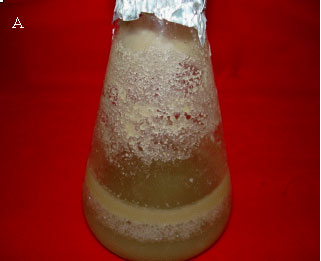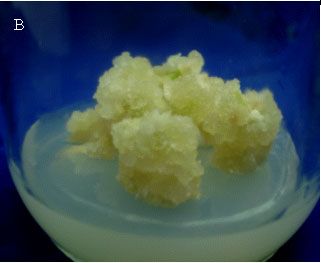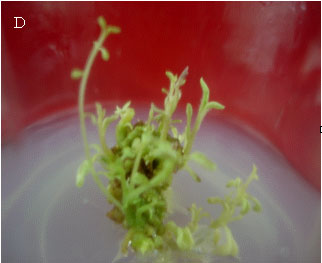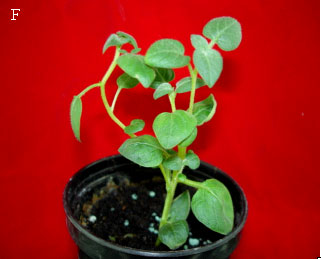Research Article
Plant Regeneration from Cell Suspension Culture of Potato(Solanum tuberosum L.)
Department of Biology, Faculty of Science, University of Tarbiat Moalem, Tehran, Iran
Ahmad Majad
Department of Biology, Faculty of Science, University of Tarbiat Moalem, Tehran, Iran
Ali Akbar Ehsanpour
Department of Biology, Faculty of Science, University of Isfahan, Isfahan, Iran















